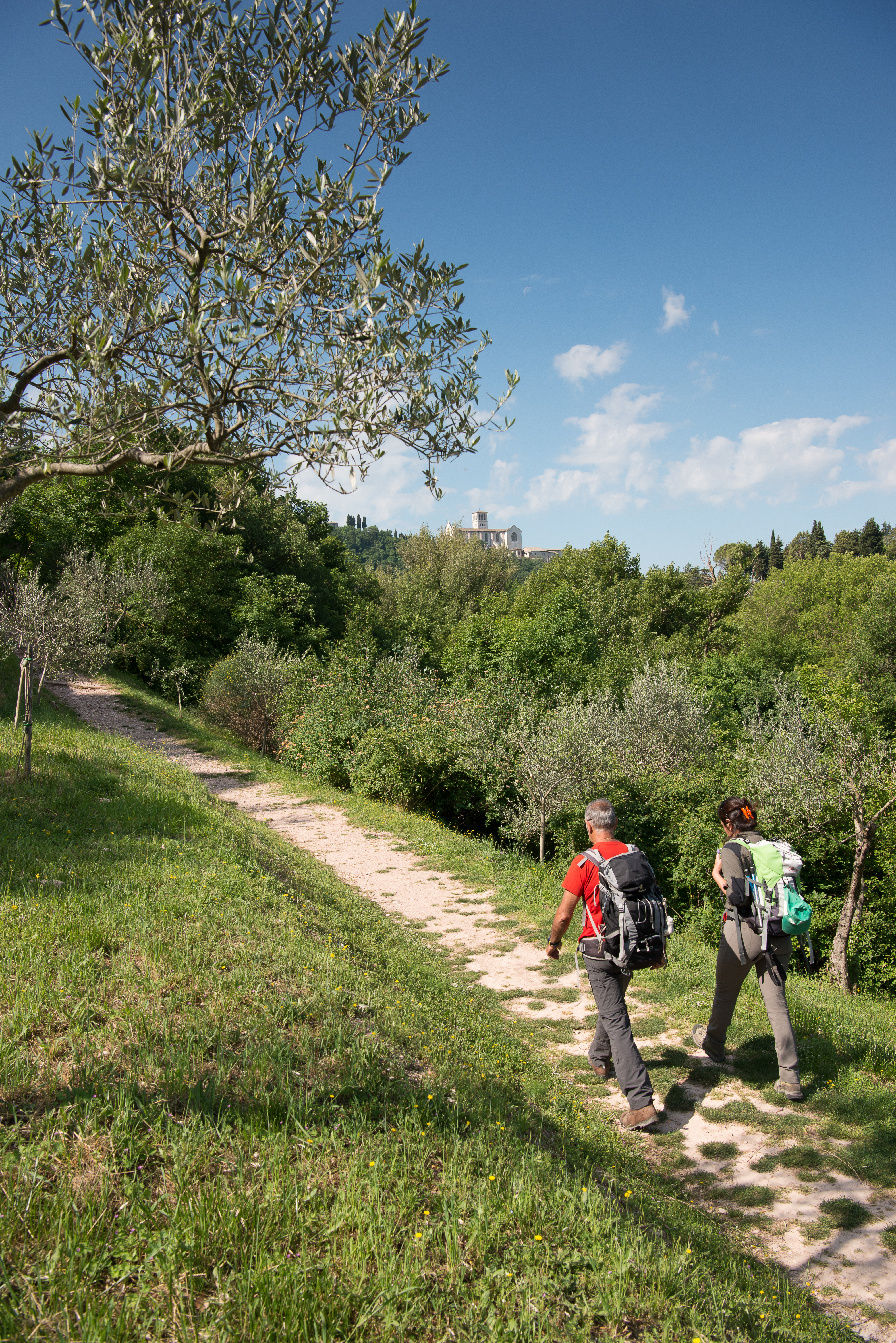Sviluppumbria, Italy
Enhance and promote the hiking network as a slow way to visit the main cultural attractions and enjoy the natural environment.
Region: Umbria
- TREASURE THROVE OF CULTURE AND ART
- LAND OF SAINTS
- GREEN HEART OF ITALY
Type of organisation leading the larger local innovation ecosystem
Public development agency
Sviluppumbria is the Regional Development Agency of Umbria and is the in-house supporting the Regional Government on policies relating to SMEs creation and boost, internationalisation, EU cooperation, innovation and Tourism.
Main challenges related to cultural tourism
- To find innovative approaches to urban cultural heritage to promote sustainable mobility and walking/cycling itineraries. As these issues are now more of a priority than ever, due to their ‘natural’ social distancing opportunity in times of COVID, finding the best solutions to the challenges faced by the region (poor interregional connections, hilly cities and territory) is crucial.
- To explore solutions and ideas about full accessibility of cultural heritage and assets and connect cities and their heritage with their natural environment
Current strategic planning
The main strategy involves the enhancement and promotion of the hiking network (rete dei cammini), a slow way to visit all the main cultural attractions of the Region and enjoy the natural environment. Particular attention is also devoted to the promotion of local borghi. These small hamlets allow for an experience of lesser-known heritage and enjoy the typical Italian way of life as well as the support of cultural events and festivals, attracting visitors all year round.
For Umbria being part of the Be.CULTOUR Community means learning from peers how to make the Greenheart of Italy…greener.
Photo by Fabrizio Ardito/Sviluppumbria
Photo by Fabrizio Ardito/Sviluppumbria
Ideas and future perspectives
The St.Francis Way is the primary spiritual itinerary in Umbria and is part of a larger project aimed at connecting all walking, cycling and bridle trails, offering a sustainable mobility alternative to visit heritage without cars. The circular economy approach to this and all other cultural assets of the Region will guide us in identifying the relevant stakeholders, assessing the current gaps, identifying key objectives, develop, and implementing a circularity plan
Cultural heritage asset description
The Town of Assisi and the Via di Francesco (St Francis Way)
Assisi is the heart, and in many cases, a final destination for St Francis Way, a pilgrimage route that connects many cultural heritage attractions and the five main cities of the region (Perugia, Terni, Foligno, Spoleto and Città di Castello). Assisi is a major tourist and cultural destination, as it is one of the most famous religious centres in Italy after the Vatican.
Type of cultural heritage
- RURAL
- RELIGIOUS
- NATURAL
Specific goal related to the selected asset
The Region’s main goal is to identify a set of circular values that can be translated into an actual implementation plan aimed at drastically reducing negative impacts produced by cultural tourism along the St.Francis Way, as pilot action for testing a circular economy model applied to all cultural tourism assets in Umbria.
Europeanisation: linkages between local heritage and European history and culture
The architectural and artistic monuments in Assisi and along the Way are milestones in the evolution of European art, culture and spirituality, and have long attracted visitors seeking to connect to the values of St. Francis: frugal lifestyle, respect for nature and her creatures, and standing for one’s own ideas. The Via di Francesco arose spontaneously through different grassroots actors..
Photo by Fabrizio Ardito/Sviluppumbria
European and international Cultural Heritage recognition(s)
- St. Francis Way has been UNESCO-listed since 2000 for its “ensemble of masterpieces of human creative genius” that “significantly influenced the development of art and architecture”.
- The Via di Francesco attracts walkers worldwide and has been recognised among the best European ‘Destination of Sustainable Cultural Tourism’ (2018) by the European Cultural Tourism Network and Europa Nostra.
- It is also included in the Best Practices identified by the SHARE project and approved by the Interreg Europe Policy Learning Platform.
- It is a candidate to be included in the European Cultural Route network.
Ongoing projects and best practices
- The Via di Francesco is in the Interreg Europe good practices database (viadifrancesco.it) and is one of the practices described in the EU Week 2020 Workshop “Resilient Heritage, Cohesive Society” (link)
- The Interreg Europe project SHARE deals with exchanging experiences among 7 European partners to find common solutions to make the cultural assets more sustainable and relieve pressure from residents and tourists alike. Sviluppumbria has developed and led the project for over 4 years (2017-2020) (link)
- The InterregIVC project ZEN, in which Sviluppumbria aimed to find a common approach to make events throughout Europe more sustainable. The project was carried out from 2012 to 2014 and produced a Handbook to give events organisers tips on how to reduce the impacts of festivals and other large gatherings. The Handbook was adopted formally by AMA (Association of Artistic Events) Calabria in Italy in 2020, who was not a member of ZEN, as part of their implementation of the ERDF ROP 2014-2020 for the sustainability of all their events


